Monkey Mia - Western Australia


Following on from my post on Ningaloo Reef, further south I spent some time at Monkey Mia, another World Heritage-listed area known for its natural assets: a wild landscape, turquoise waters, dugongs frolic and wild dolphins drop by.
Located on Shark Bay around 850km/530miles north of Perth, many believe that Monkey refers to the name of a ship which visited the area, while others believe it refers to pet monkeys accompanying Malaysian pearl farmers in the 1850s. Mia comes from an Aboriginal term for home.
The water here is 1.5 times saltier than the ocean, ideal for vast sea grass beds that thrive here (4,800 km2) and richest in the world, the staple diet for approx 10,000 dugongs that reside here. In fact, Australia has the largest population.
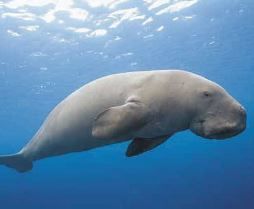
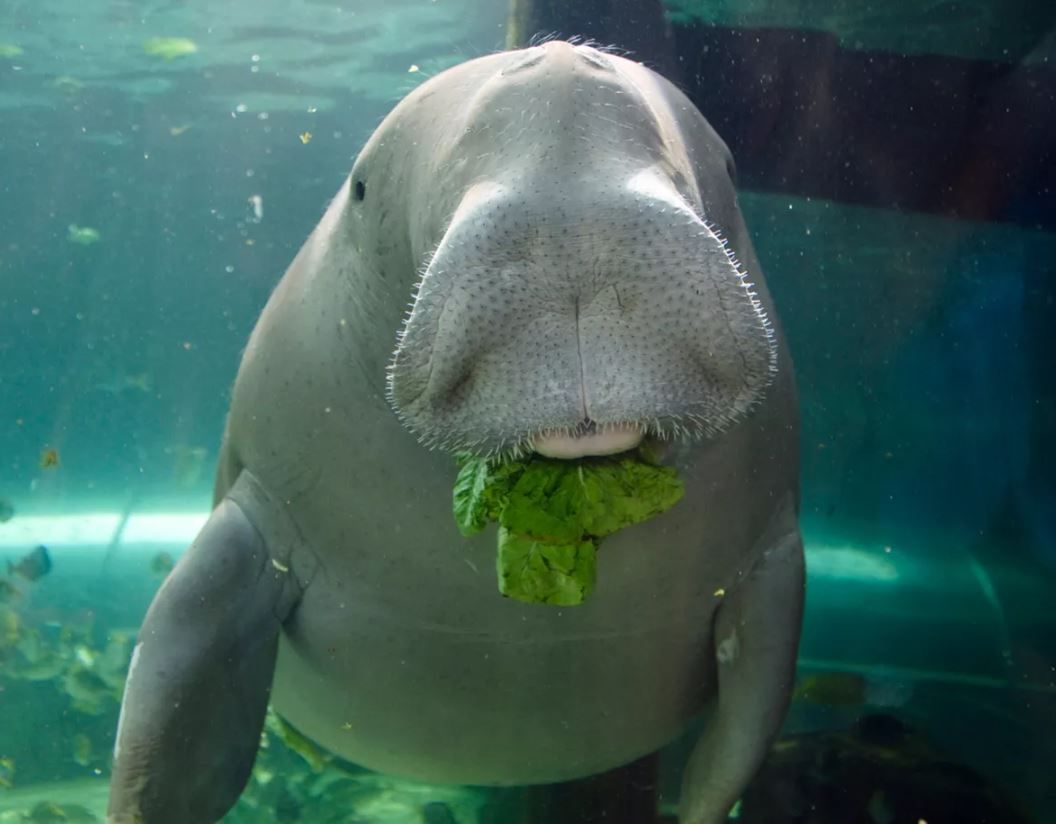
So what is a dugong?
Resembling an overweight dolphin at around 400 kgs and referred to as a sea cow, the dugong is more closely related to the elephant. The dugong’s elongated snout faces downwards and its enormous, bristly upper lip is mobile. A heavy skeleton helps it stay down while feeding on its diet of almost 50 kgs of sea grass per day!1
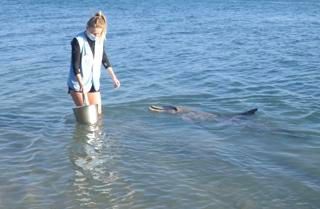
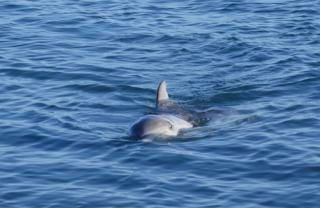
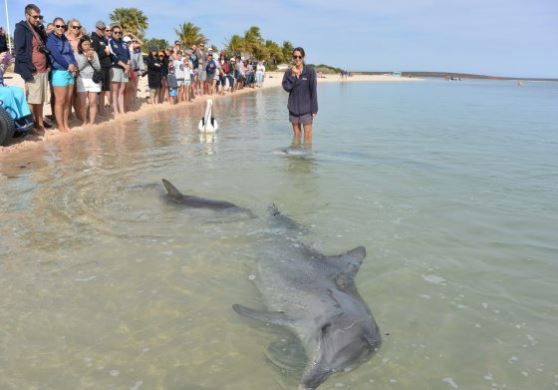
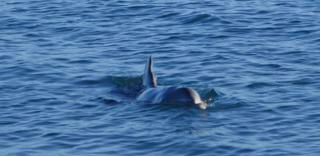
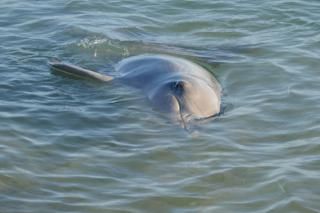
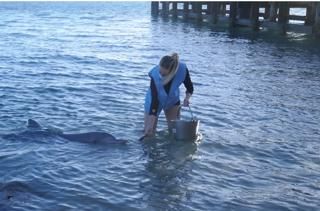
The area is also known for the many Bottle nosed dolphins. We lined up by the shore for the dolphin feeding on offer each morning. These days often only Piccolo and her 7th calf Oboe glide past on their sides so they can check out the crowd waiting for the rangers to give them a few fish - no more than 10% of their diet, so they maintain their instincts to forage for food.
Until recent years it was possible to swim, pat and feed the many dolphins that came into shore, however studies showed only 30% of the calfs made it to adulthood rather than the usual 70%, as they became dependent on the feeding and youngsters didn’t learn to find their own food. Despite supporting these great initiatives I was sorry I hadn’t managed to get here years ago.
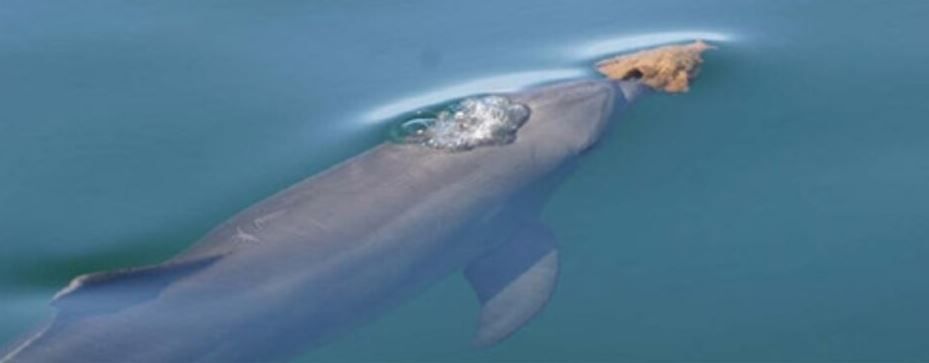
We saw one dolphin with a sea sponge in her mouth, which she uses to protect her rostrum (snout) to scrape the sea bottom looking for Bard Sea Perch - a favourite food. This example of dolphins using tools is quite rare and we were told only 6 female dolphins do this in Shark Bay and has not been reported anywhere else in the world.
I managed a photo of this unique sighting, but sadly not in focus!
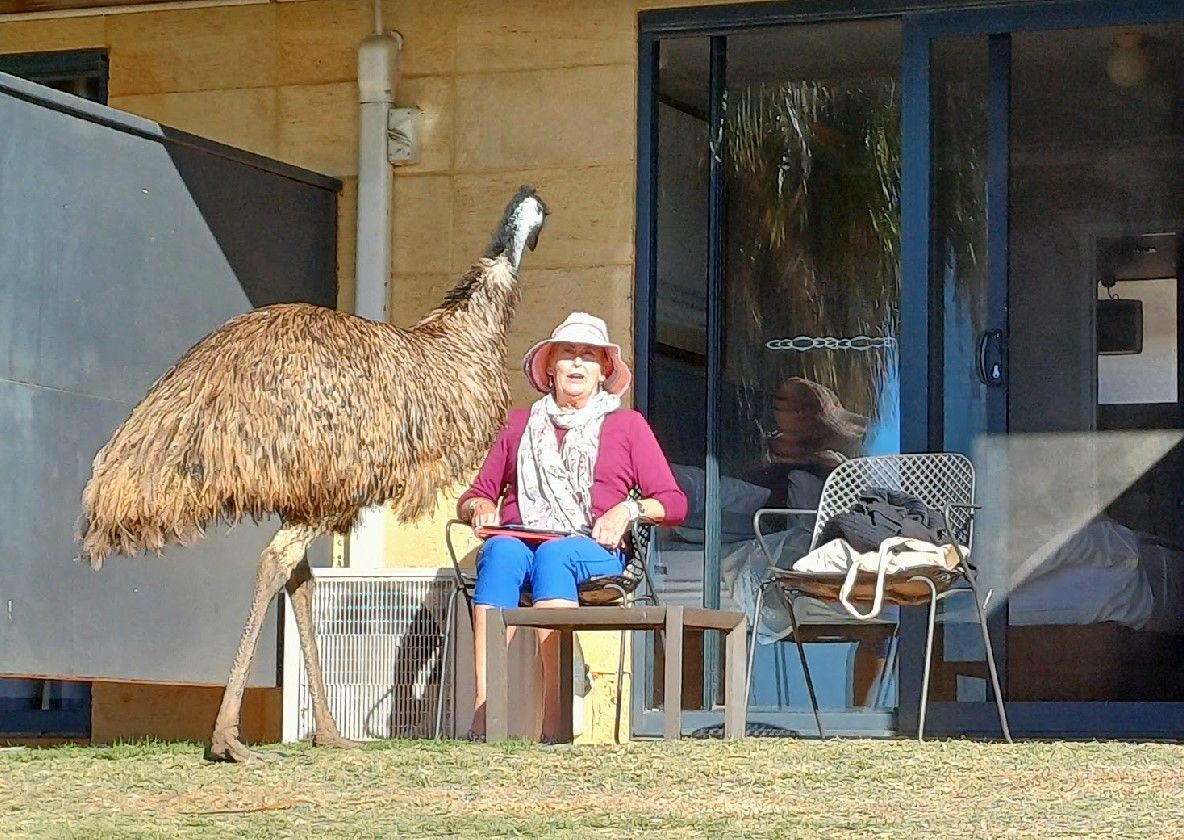
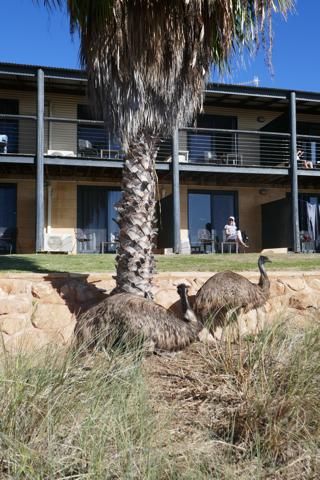
I won a new friend - an emu, one of many roaming around the resort, it was not looking for my company, but food! They are so cheeky, often approaching from behind and reaching over your shoulder to grab a nasty morsel!^
^They are wild animals so if you’re ever close to them, be cautious and keep your distance.
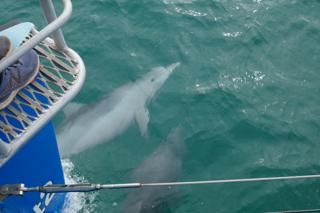
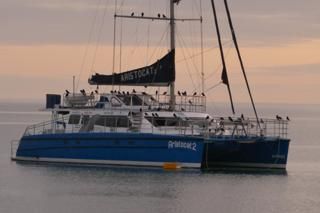
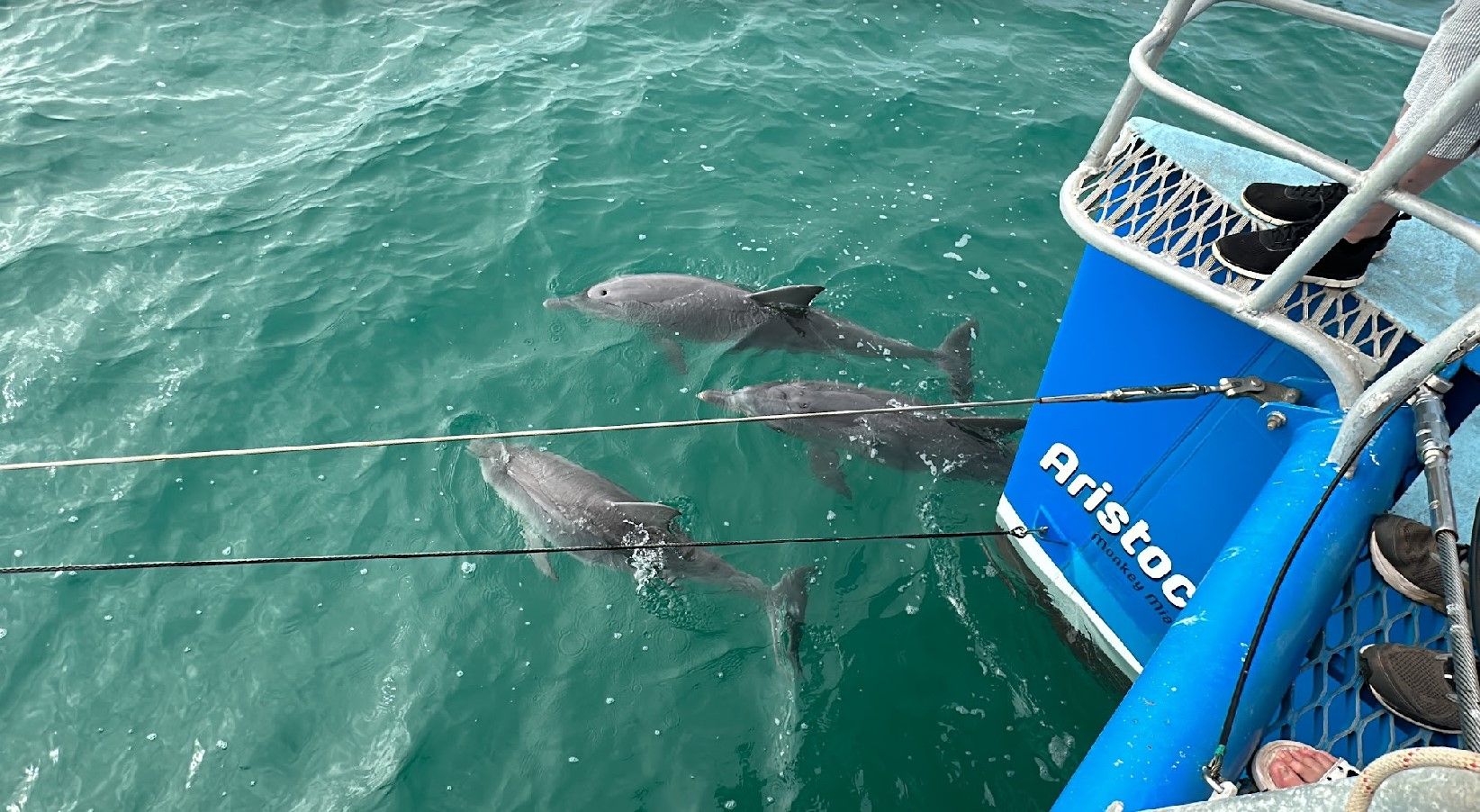
With fabulous sunrises and sunsets, this is indeed a beautiful part of Australia.
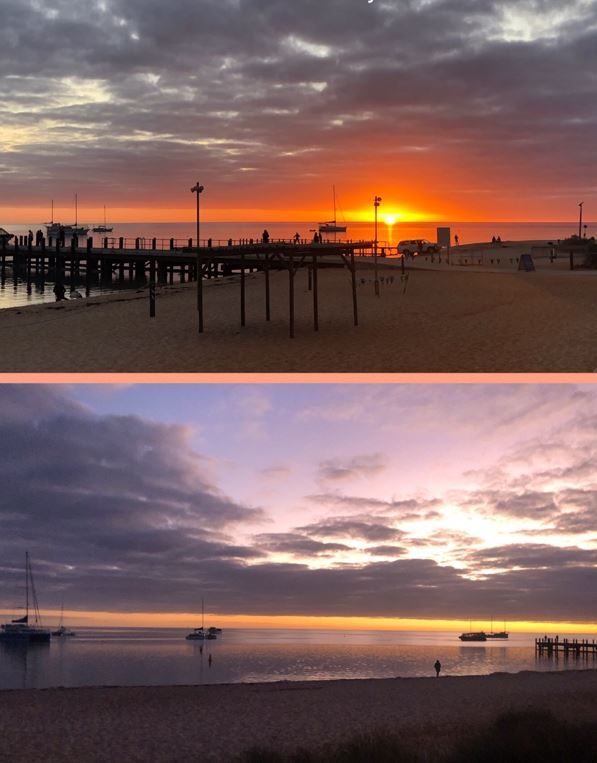
Credits
1. sharkbay.org
